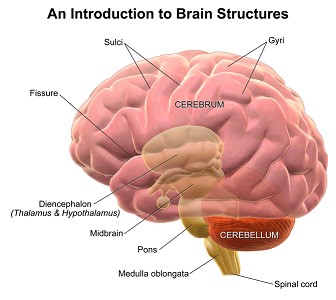A client receiving parenteral nutrition by central venous access reports feeling unwell. The nurse assesses the client and suspects that the central line has become infected. Which of the following findings indicate that the client has developed a systemic infection? Select all that apply.
Edema
Purulent drainage at intravenous insertion site
Redness at insertion site
Nausea
Leukocytosis
Fever
Correct Answer : B,E,F
Choice A Reason: Edema is not a specific finding of a systemic infection, but rather a possible sign of fluid overload or impaired venous return. It can occur due to excessive infusion rate, heart failure, or obstruction of blood flow in or around the central line.
Choice B Reason: This is a correct choice. Purulent drainage at intravenous insertion site is a finding of a local infection that can spread systemically. It indicates bacterial invasion and inflammation of the skin and subcutaneous tissue around the catheter.
Choice C Reason: Redness at insertion site is a finding of a local infection that can spread systemically. It indicates increased blood flow and inflammation of the skin and subcutaneous tissue around the catheter.
Choice D Reason: Nausea is not a specific finding of a systemic infection, but rather a possible side effect of parenteral nutrition or a symptom of another condition. It can occur due to electrolyte imbalance, hyperglycemia, or gastrointestinal disorders.
Choice E Reason: This is a correct choice. Leukocytosis is a finding of a systemic infection that indicates increased production and release of white blood cells in response to infection. It can be detected by a blood test.
Choice F Reason: This is a correct choice. Fever is a finding of a systemic infection that indicates increased body temperature due to activation of the immune system and release of pyrogens. It can be measured by a thermometer.
Nursing Test Bank
Naxlex Comprehensive Predictor Exams
Related Questions
Correct Answer is D
Explanation
Choice A Reason: This is incorrect because encouraging coughing and deep breathing can increase intracranial pressure (ICP), which is the pressure inside the skull that can affect brain function. Coughing and deep breathing can increase blood flow and oxygen demand to the brain, which can worsen cerebral edema. The nurse should suction the patient as needed and maintain a patent airway.
Choice B Reason: This is incorrect because positioning the patient with knees and hips flexed can increase ICP by reducing venous drainage from the head. The nurse should position the patient with neck and body in alignment and avoid extreme flexion or extension of any joints.
Choice C Reason: This is incorrect because performing nursing interventions once an hour can disturb the patient's sleep and increase ICP by stimulating brain activity. The nurse should cluster nursing interventions and provide quiet and dark environment to promote rest and reduce stress.
Choice D Reason: This is correct because keeping the head of the bed elevated to 30 degrees can decrease ICP by facilitating venous drainage from the head and reducing cerebral blood volume. The nurse should monitor the patient's blood pressure and pulse to ensure adequate cerebral perfusion.

Correct Answer is C
Explanation
Choice A Reason: This choice is incorrect. Inability to read is not a finding that the nurse should expect in a client who has meningitis, but rather a possible finding in a client who has a stroke or a brain tumor. Meningitis does not affect the language or cognitive functions, but rather the meninges or the membranes that cover the brain and spinal cord.
Choice B Reason: This choice is incorrect. Bruising around the eyes is not a finding that the nurse should expect in a client who has meningitis, but rather a possible finding in a client who has a basilar skull fracture or a head trauma. Meningitis does not cause bleeding or bruising, but rather inflammation and infection of the meninges.
Choice C Reason: This is the correct choice. A throbbing headache is a finding that the nurse should expect in a client who has meningitis, as it is one of the most common and characteristic symptoms. A throbbing headache is caused by increased intracranial pressure and irritation of the meninges due to inflammation and infection.
Choice D Reason: This choice is incorrect. A heart rate of 50 is not a finding that the nurse should expect in a client who has meningitis, but rather a possible finding in a client who has bradycardia or a slow heart rate. Meningitis does not affect the heart rate, but rather the temperature and blood pressure. The nurse should expect to see fever and hypotension in a client who has meningitis.
Whether you are a student looking to ace your exams or a practicing nurse seeking to enhance your expertise , our nursing education contents will empower you with the confidence and competence to make a difference in the lives of patients and become a respected leader in the healthcare field.
Visit Naxlex, invest in your future and unlock endless possibilities with our unparalleled nursing education contents today
Report Wrong Answer on the Current Question
Do you disagree with the answer? If yes, what is your expected answer? Explain.
Kindly be descriptive with the issue you are facing.
